The Impact of Time Tracking on Wellbeing (Plus 5 Digital Tools to Reduce Stress)
Strange as it may seem, implementing monitoring software for employees can actually help your workers feel less stressed. Read on to learn how!
Using any type of remote work software for monitoring employees is notorious for its potential to create a stressful working environment. But this doesn’t have to be the case. It’s all in how you implement employee tracking and work clock apps as well as how you go about using it.
In this article, we’ll show you how monitoring software for employees and various digital tools that can reduce some of the stress that employees are under due to growing workloads and tight deadlines.
Ways Time Tracking Promotes Positivity
Before we begin, there’s one important thing you have to do in order for all of the following advice to have effect - inform and educate your employees. Telling your workers that their work hours will be closely tracked might seem a bit counterintuitive in the context of reducing stress but that’s what the ‘educate’ part of the tip is meant to fix.
As you read on, you’ll quickly realize that everything you do, you should do for the sake of improving your employees’ performance and optimizing business tasks and processes. This is exactly the message you’ll want to communicate to your employees.
If you get them to understand how remote work software will benefit them and the whole company, as well as what precisely you’ll be tracking and why, you’ll be well on your way to decreasing their anxiety levels with the least likely of tools.
Realistic Expectations
Using a monitoring app to track work hours gives you an amazing opportunity to get a very accurate and precise overview of how long certain tasks take to complete. Of course, you can’t possibly be familiar with the ins and outs of each job role and every single task it encompasses, so without a time clock app to tell you the particulars, the best you can do is make assumptions and very broad estimates.
But the problem is that there’s nothing more stressful than a manager expecting a certain task to be done in half as much time as an employee usually does it. Using a monitoring software for employees eliminates this problem by telling you how much time is typically needed for tasks.
Having realistic expectations goes a long way towards establishing a more relaxed and stress-free atmosphere because you’ll never ask for the impossible.
Planning and Deadlines
As a natural result of your newly-formed realistic expectations, you can make your employees’ lives even easier by using this hours tracker knowledge to plan their workload, manage time on projects and set deadlines according to what they’re actually capable of instead of some preconceived idea of the best possible (read: unattainable) scenario.
By constantly collecting time tracking data and analyzing it carefully both on an individual and on a team level, you can get the idea of employees’ performance and how long it could take them to finish certain projects.
Based on this, you can determine whether a team has an available time slot for new projects, how to organize the tasks and delegate as well as which deadline is reasonable to aim for. Having their projects organized according to their past performance lets employees know that it’s possible and there’s no need to stress over whether they’re going to manage it or not.
No Micromanagement
Definitely one of the biggest stressors in the workplace is a boss breathing down your neck telling you when to do this and how to do that. Not to mention that this kind of micromanagement is stressful for you too because you’re constantly trying to figure out how the project is coming along, what needs to be done next, whether there’s going to be enough time and so on.
But using an hours tracker app enables you to map out all of the tasks and track progress without bothering employees with questions. Plus, you can afford to act only if you see that it’s necessary, which largely eliminates micromanagement and creates an atmosphere of independence.
Recorded Overtime
One other point of issue is overtime tracking because if employees feel like they might not get reimbursed for extra work, each instance of having to work overtime can be stressful. But monitoring software for employees can record overtime accurately and automatically. Knowing this can alleviate much of the uncertainty and anxiety over whether employees’ additional work will be recognized and paid.
5 Digital Tools for Reducing Stress
Aside from time tracking, what other digital tools are there you can rely on for stress reduction in the workplace?
1. Project Management
While it may seem like a stretch to claim that project management tools positively impact employees and help reduce stress, there’s plenty to suggest that they do.
For example, let’s say you’ve got a lot on your plate, and your work-life balance has been off for several weeks now. You don’t know how to prioritize your workload, who to ask questions to about a specific project, and how your actions meaningfully impact the team.
A project management solution can solve all three of these stress-creating problems.
By providing a clear overview of your team’s project pipeline, every team member knows exactly what to be working on based on due dates, who they should contact with questions, and how their productivity impacts the team as a whole.
2. Communication and Collaboration
Communication and collaboration tools work in a similar way to eliminate stress and promote greater productivity.
When you feel as if you’re out of the loop with your team and unable to connect, it creates a rift between team members and can cause a sense of isolation. Feeling like you’re in your own work silo can be demoralizing, which can mean productivity and wellbeing suffer as a result.
The right tools such as Slack or Microsoft Teams allow teams to not only come together and discuss solutions to move forward on projects, but also drop in for a friendly chat and help everyone feel connected on some level.
3. Web Conferencing
With the rise of remote work in recent years, companies have had to adapt to accommodate new ways of working.
One of the best ways to support flexible work models is to introduce web conferencing software that allows teams to stay connected from afar. With ubiquitous tools such as Zoom, team members can comfortably work from home without missing out on important information.
As a result, it can make remote collaboration easier and help team members feel less stressed about their work. It can also promote team-building activities such as quizzes and trivia nights, which can make up for the lack of in-person bonding.
4. Noise-canceling
One of the most significant causes of stress in the workplace can be the level of noise.
If the office always sounds like a construction site, it can prevent meaningful progress and cause anxiety as team members struggle to get their work done. Even when working remotely, noise can be an issue that disrupts productivity.
Apps such as Noisli help to effectively block out distractions and increase focus levels even in the noisiest of environments
5. Workflow Automation
Sometimes getting caught up in the small things can be just as frustrating as falling short on big commitments.
For example, you’ve finished a report and you want to start work straight away on the next high-priority task but you first have to send out an email, notify your colleague, and go through the process of submitting the report.
What if there were an easier way?
Task automation tools such as Zapier can handle trivial tasks such as email notifications and data entry leaving you to focus on the tasks that matter most.
Reduce Stress with Time Tracking
Reducing stress in the workplace can be a breaking point in creating a productive atmosphere and getting more done and with higher quality. And believe it or not, it can be done by using monitoring software for employees - if you know how to use it right!
¿Está listo para tomar el control total de su lugar de trabajo?
Pruebe la solución más sencilla hoy mismo...
Prueba Gratis.svg)


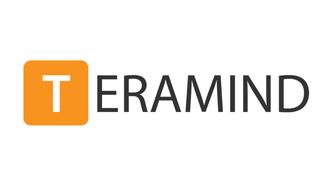






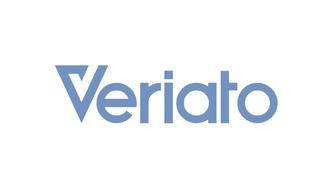












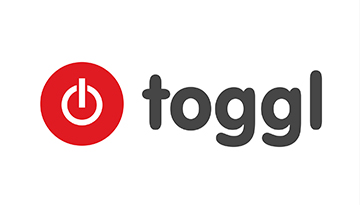
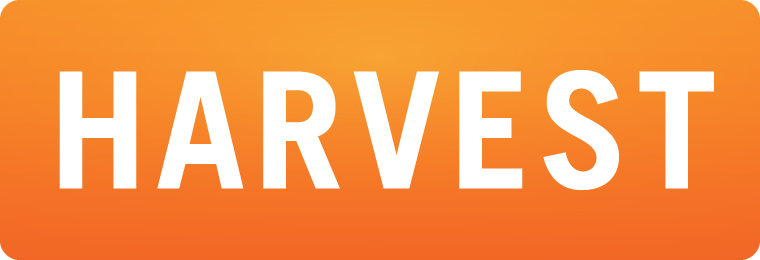

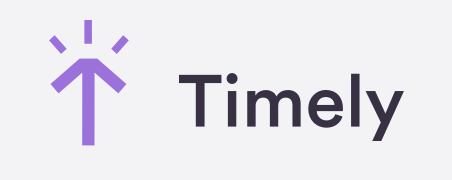

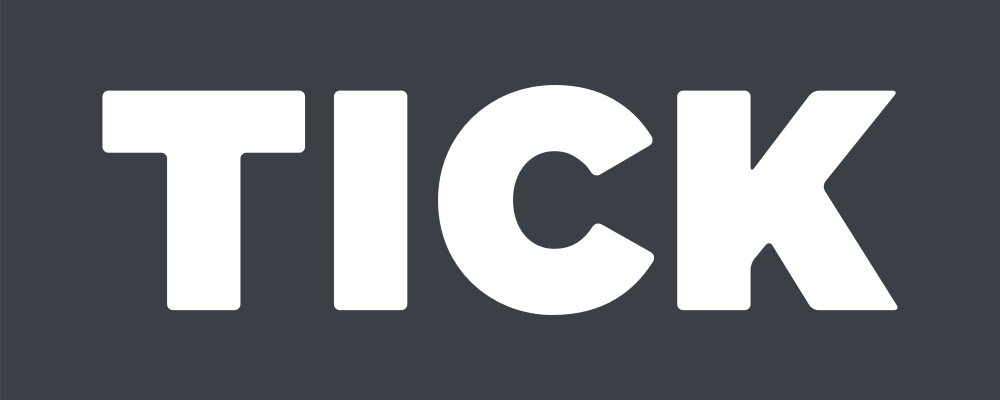

%20(1).png)
.jpg)

.png)

.png)



%20(1)%20(1).png)
%20(1).png)